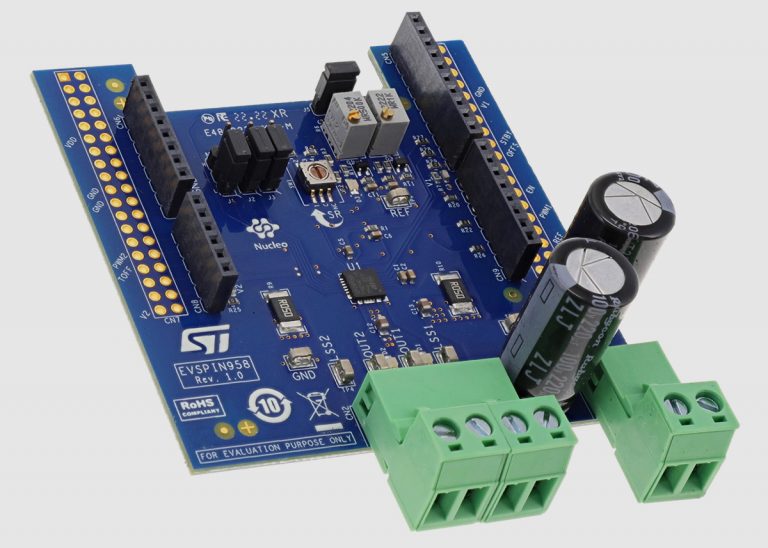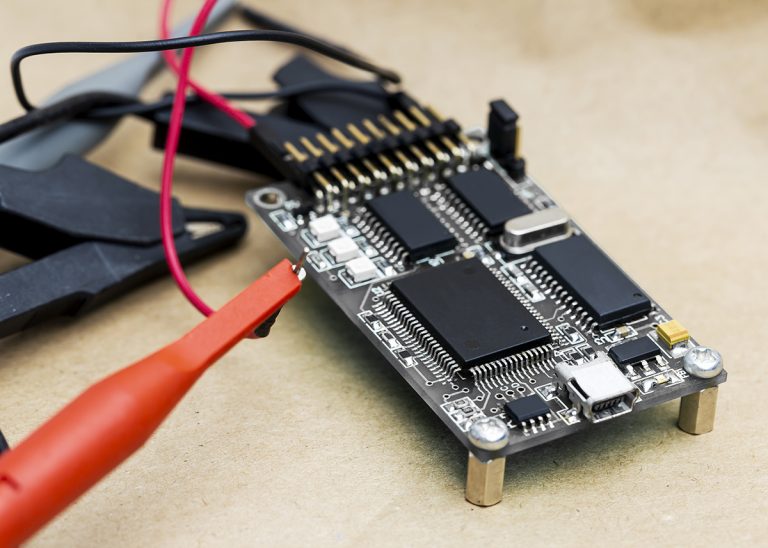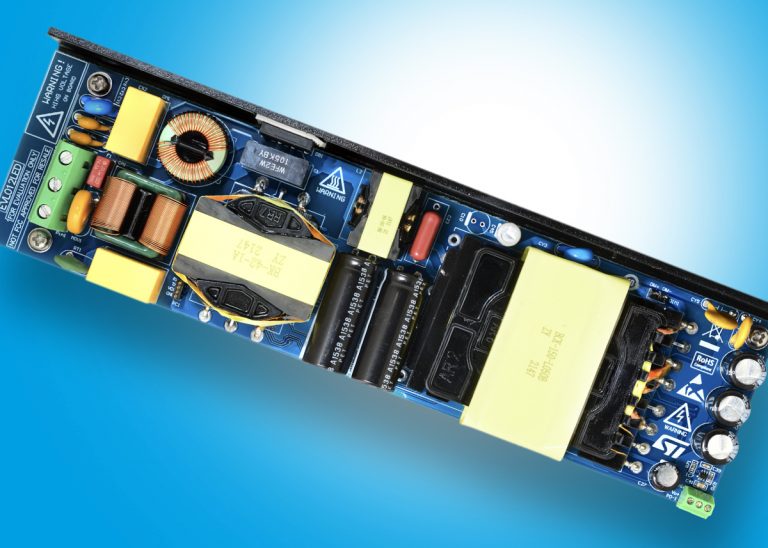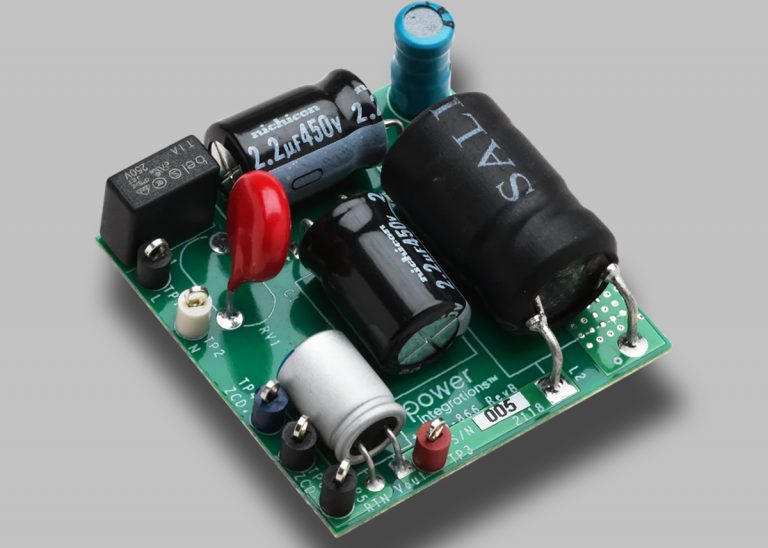
Murata supplies the IMX-060 evaluation board to provide a ready-made hardware environment for testing its IRA-S series of pyroelectric infrared (PIR) sensors.
The IRA-S sensors are available in a leaded package. Murata also makes a range of five fresnel lenses, supplied separately. This evaluation board features an IRA-S210ST01 sensor with the IML-0685 and IML-0688 lenses.





